MACHAS
News - All the latest news straight from the artists themselves
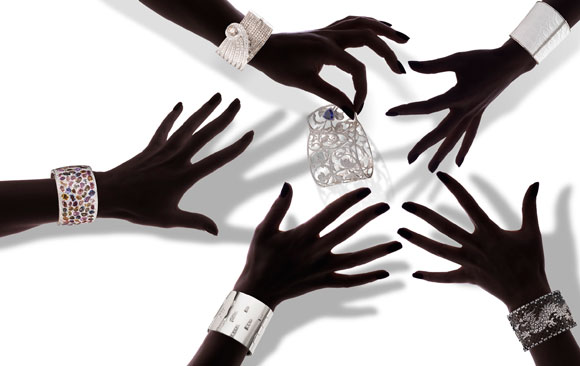
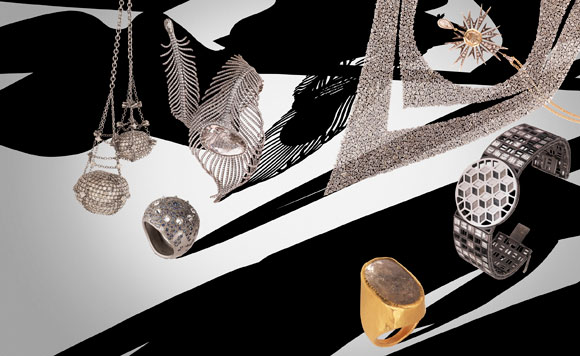
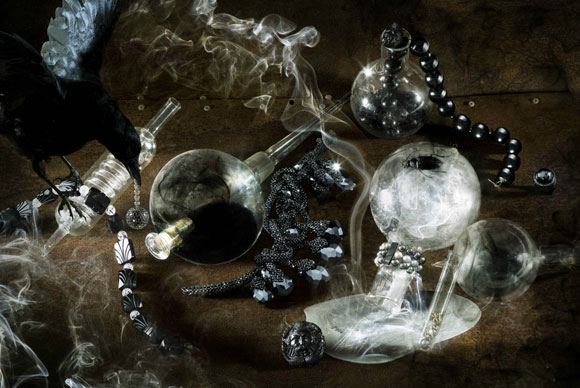
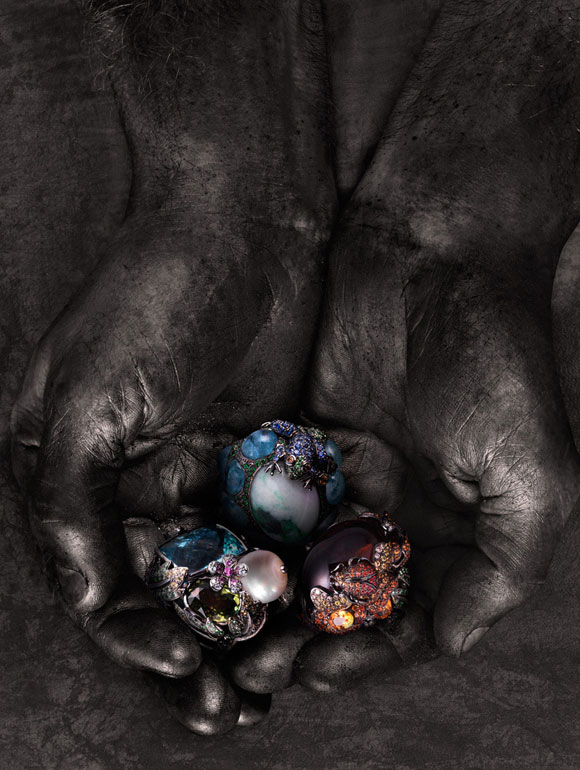
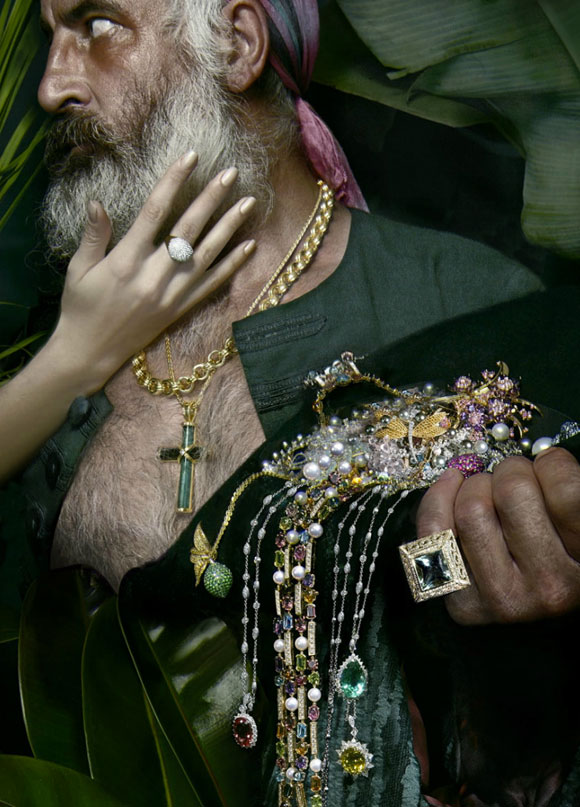
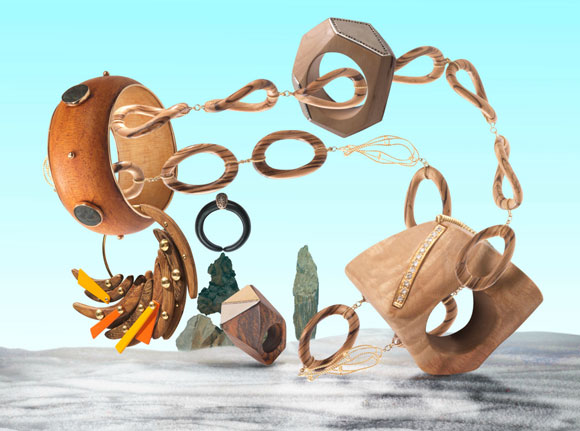
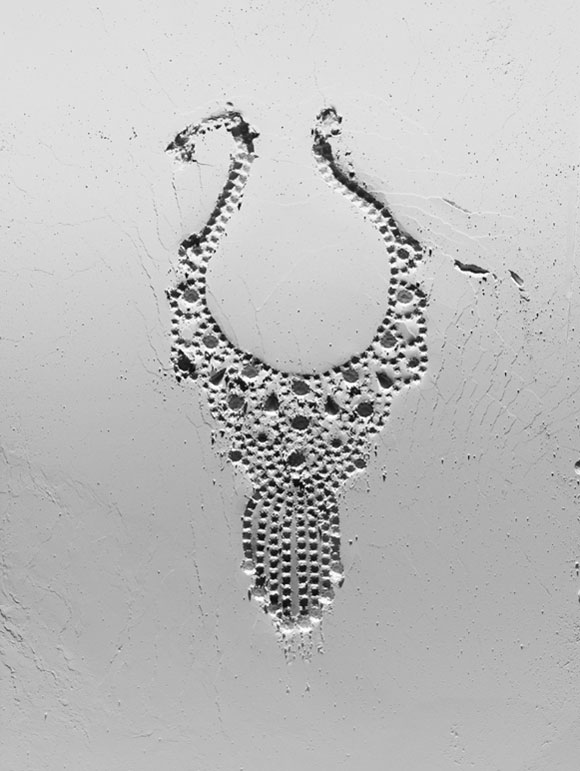
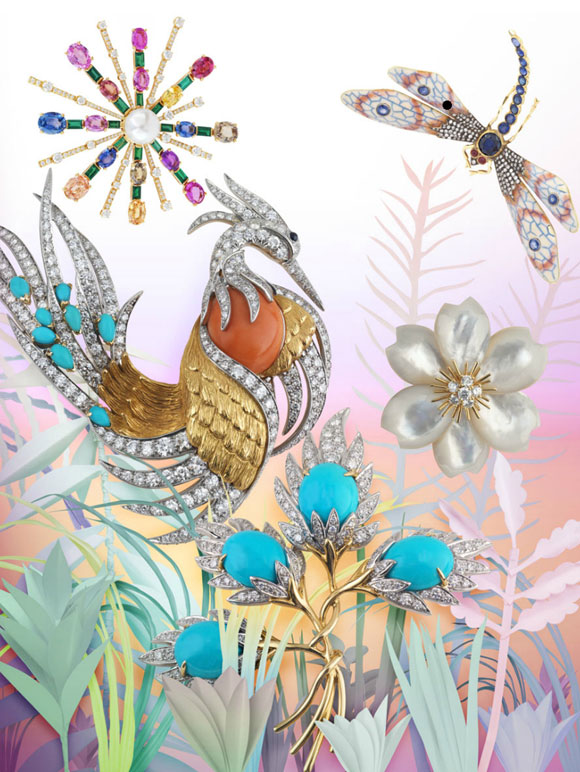
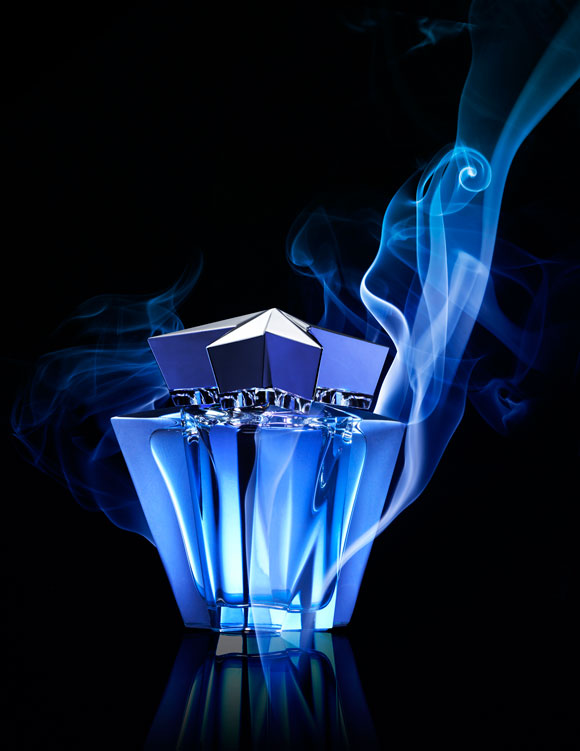
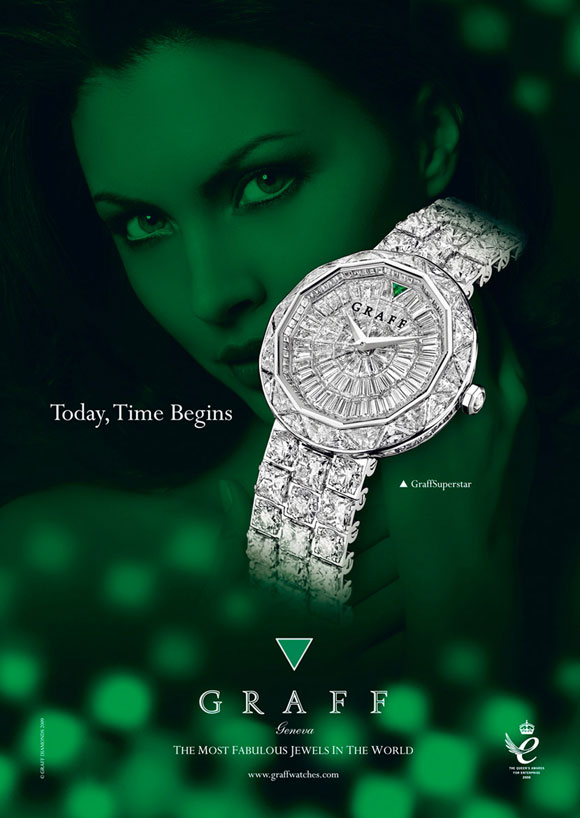
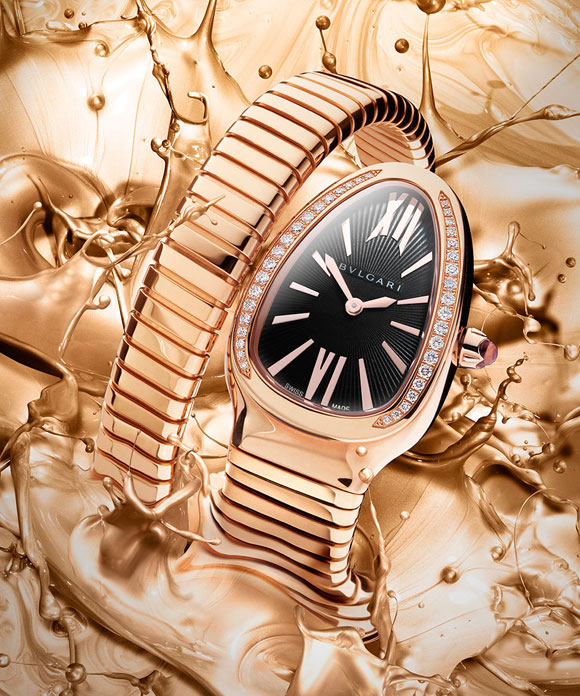
Inside Luxury Brands Photography: Diver & Aguilar
Mike Diver is half of photography duo Diver & Aguilar. After a prestigious career in music photography, Mike teamed up with fine artist Pedro Aguilar to embark on creative journey exploring different aspect of commercial photography, from fashion to advertising, from celebrity feature to sport and winning a Epica and AOP awards along the way. Luxury is one of the fields where Diver & Aguilar have created a household name for themselves thanks to their ability to mix different influences whilst keeping a visually superior aesthetic signature. We catch up with Mike to have a in depth look on the challenges and peculiarities of the Luxury Brands’ Photography.
How would you describe luxury sector photography?
In our opinion, images of luxury are all about creating an aspirational world where fantasy coexists with opulence.
We have been shooting a broad variety of subjects but we have always tried to keep what I define as a “Luxury Visual Signature” consistent across our whole body of work.
Some people might argue that sport is not relevant to the subject but we see Barcelona FC and Nike as luxury brands as well and we apply the same meticulous attention to detail as when producing a bespoke visual for a watch brand.
How did you get involved in the image production of the luxury market?
We were blessed with one of those rare opportunities when someone is able to see our potential and was prepared to take that risk to commission us on a grand scale.
In Diver & Aguilar’s early days, we did a lot of experimental fashion & beauty work and we presented it to the Creative Director of Quintessentially Magazine. In July 2005 we were commissioned to shoot Chanel’s Couture Collection, Coco Chanel’s apartment and the legendary embroidery Atelier Lesage. For the latter we did a still life shoot laying the fabrics on the models’ naked skin and both the magazine and Chanel were delighted with the results.
If you look back at some of the careers of the true masters of photography (Penn, Avedon, Brodovitch, Nick Knight, Peter Saville and Marc Ascoli to name a few), there has always been an Art Director willing to give new photographers the break they needed. In a very modest way, that’s what happened with us as well.
Does luxury photography hold specific challenges compared to other type of photography?
There is definitely a deeper thought process that goes into the technical requirements and in the vision we are trying to create. Being successful with product requires either a photographic education or training with a highly experienced still life photographer.
How do you approach a still life luxury shoot?
We research about the client and the product, as well as understanding what’s the scope of the images.
It’s at this point that I can see the picture in my mind, sometimes it’s static, sometimes it’s a moving story. Then we go back to the beginning and start to look for all the pieces of the creative jigsaw that are gong to inspire us - and it could be really anything, even the most mundane thing. We then try different angles and put that all together, as sort of pictures inside the picture.
Luxury brand product photography requires a meticulous attention to detail and we have the same approach both for editorial and advertising. We need to know what is important about each piece, learn about its inner workings and connect with it. We will photograph the piece in its entirety and then focus on bringing all the details to life, whilst always keeping in mind the broader concept of the shoot.
Working with Luxury brands doesn’t just have high stakes on the creativity side but with the logistics as well, is that correct?
We have worked with pieces valued over the £10 millions mark - there has to be a total respect for the objects left in your trust.
One of our first luxury brand editorial was called “Jewels of the Caribbean“. We must have had at least 15 different brands of jewelry and each one of them supplied their own security and PR. The studio was full of PR people, armed guards, scantly clad models, rock pools and dazzling diamonds - it would have made for a dramatic piece of cinema.
Shooting on location threw up a whole new set of logistic issues: once we were in the Royal Parks of London and we had the Creative Director placing multi-million pound diamond necklaces in beds of rose and bracelets in water fountains, all under the eyes of amused passing tourists. To say that the security guards were really anxious would have been an understatement.
How do you think that photography can drive the sales of such expensive goods?
It is all about creating desire. The imagery brings forth the world that the brand is associated with and the photography is the gateway to enter that world.
When flicking through a magazine, the eyes have to be enabled to register an “emotion” and recognize the brand in a matter of a split second. That was the case with our Graff Diamond’s “Green Lady” Ad campaign: this signature became so iconic to be associated with this brand for well over a decade now.
Which are the visual trends within this field?
Some brands want to appeal to a younger generation of consumers with a more carefree attitude and documentary style like Marc Jacobs’ ads but that’s not for everyone and most of the brands still prefer a richer visual language.
On the other side of the coin, the progress in technology is pushing the quality of the final visual to more luxurious finish than what used to be possible before. In some ways CGI can make a product look too “plastic” or manufactured, which goes completely against the philosophy of the brands we work with. Even if our photography is very post-intensive, we try to work with real elements as much as we can.
We also have experimented with a lot of techniques using fluids and light: it has brought a lot of energy and motion to the visual and proved to be very popular in the luxury sector. We would also try to experiment with a less opulent visual language, we are just waiting for the right brief to come along.
How do you think that the current economic climate is affecting the luxury sector? Is it also changing the way the luxury products are being portrayed?
From a global sales perspective, the luxury market is estimated to be worth around £140bn and last year grew a 10%. China & India are pushing the demand whist America and Europe are still considered healthy markets.
At the height of the financial crisis, we have been asked by some of our editorial clients to adopt a toned down solution for a project: they thought it may prove to be politically insensitive to self-indulge in such wealth.
However, I don’t think that luxury goods advertising has changed: The same opulent vision of “dream and desire” is still being used to appeal to the client whose wealth hasn’t been affected by the global downturn.
“The future of image makers will lie in the convergence of skills and the diversification of creative output”; does this apply to the luxury market photography?
Moving image technology is become more available and, with the increasing appetite for new media content, it is natural for photographers to make the transition into films or multi-media projects - not to mention that it makes so commercial sense to keep evolving.
As Diver & Aguilar we are used to scripting a concept and we are excited about the potential of experimentation within this field, to the point that it’s starting to become ingrained at the pre-production stage, either as a stand alone project or as an extension to the traditional photographic commission.
Pedro & I have been working as a creative partnership for 7 years and when we met everybody was going through the Digital Transition; nobody back then could predict the versatility that we image makers have now so this is just another step along the path of exploring creativity.
Check Diver & Aguilar portfolio here